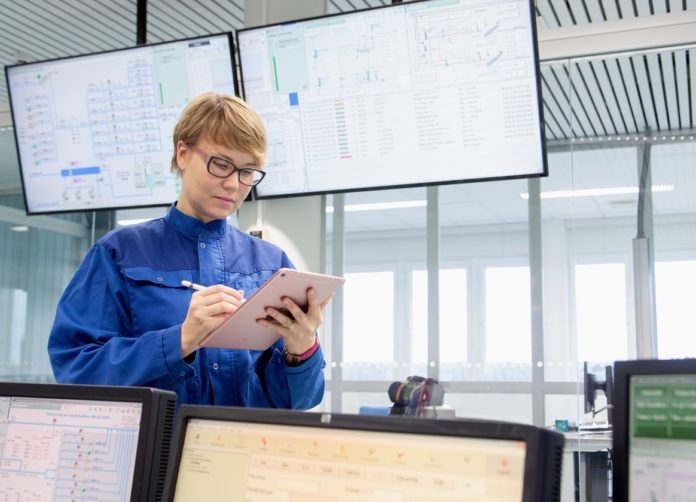The job of a public procurer is to get the best value possible for taxpayers’ money. More and more that means considering a much wider range of criteria than just price, quality, and quantity. How can municipalities and other buyers of wastewater treatment chemical technologies get the best possible long-term benefits?
“Focusing solely on price per unit creates a lose-lose situation,” says Jan Kwiatkowski, Senior Manager for Business Development at Kemira. “The customer doesn’t get access to the best possible products and expertise, and the supplier is unable to innovate new solutions and improve the support they provide because they’re locked into a never-ending squeeze on margins. Value-Based Purchasing (VBP) changes the game because it takes a whole host of other aspects into account – performance, environmental impacts, innovativeness, and even social factors, creating a framework for continuous improvement.”
“If you look at recent trends, especially with regards to meeting and maintaining stricter treatment regulations such as those in AMP7, the 2020-2025 investment period for England and Wales, legislation is definitely pushing more for a VBP approach, encouraging procurers to take into account the total value behind the overall price tag,” says Roderick Abinet, the company’s Director of Application Development.
Spread the word
“The water treatment industry is by nature rather conservative, so new methods and ideas can take a long time to gain momentum,” says Kwiatkowski. “Generally speaking, the cost per unit of chemical is still top of the list in most cases, with technical quality of the chemicals and sometimes the efficiency of the chemical application following behind.”
Abinet concurs: “One issue could be that buyers simply aren’t aware of the possibilities. It is our job to speak about what other solutions we can offer. We want to expose our customers to what is possible with new value-based business models and smart digital technologies.”
Buy a benefit, not a unit
Switching to a VBP approach means encouraging customers to look at the value delivered by the offering as a whole. This means taking into account not only things like the technical efficiency of the chemicals, but also the service package and control and monitoring technologies, which ensure that the application is constantly optimized.
“It also means examining the value related to things like sustainability,” points out Kwiatkowski. “For example, in wastewater treatment, if I can dose my chemicals more intelligently, I can reduce sludge volumes, meaning less energy is needed for incineration and less volume goes to landfill, which also reduces transport costs and emissions,” he continues.
“We want to help customers put out Requests for Proposals (RFP) that focus on specific targets or pain points,” says Abinet. “So rather than asking for 1,000 kg of chemicals, they can ask for a proposal to cut their overall sludge-handling fees by 10% (for example). Our job is then to put together an overall package to help them achieve that target. For example, in the EU, because the Most Economically Advantageous Tender approach is now strongly embedded in public procurement legislation, procurement professionals have more freedom to select even a more expensive tender if it generates better overall value.”
Digitalization helps prove the value
As in every other industry, digital solutions are changing the game in wastewater treatment and helping to make VBP a reality. “Our KemConnect™ platform is a leading example of this kind of solution,” says Kwiatkowski. “We can take the customer KPI, measure what is going on now, and demonstrate with data how our combined chemistry and service expertise can help them get to where they need to be.”
For buyers to get the most from VBP, a more collaborative and transparent process is needed, one where vendors and buyers sit around the same table as early on as possible in the process, according to Kwiatkowski. “The first step is knowledge-sharing, where procurement officials and process managers sit together with the vendor experts to map all the impacts of a given application – upstream, downstream, tangible, intangible,” Kwiatkowski explains. Then, based on the shared knowledge, the customer can set criteria for the bidding process that supports the development of an RFP that takes all these aspects into account. “At the end of the day, the biggest single advantage of VBP is that its saves taxpayers’ money and generates the widest possible value for society. And I think we can all agree that’s got to be a good idea,“ Kwiatkowski concludes.
To learn more about Value-Based Purchasing, join our webinar at www.kemira.com/VBP








